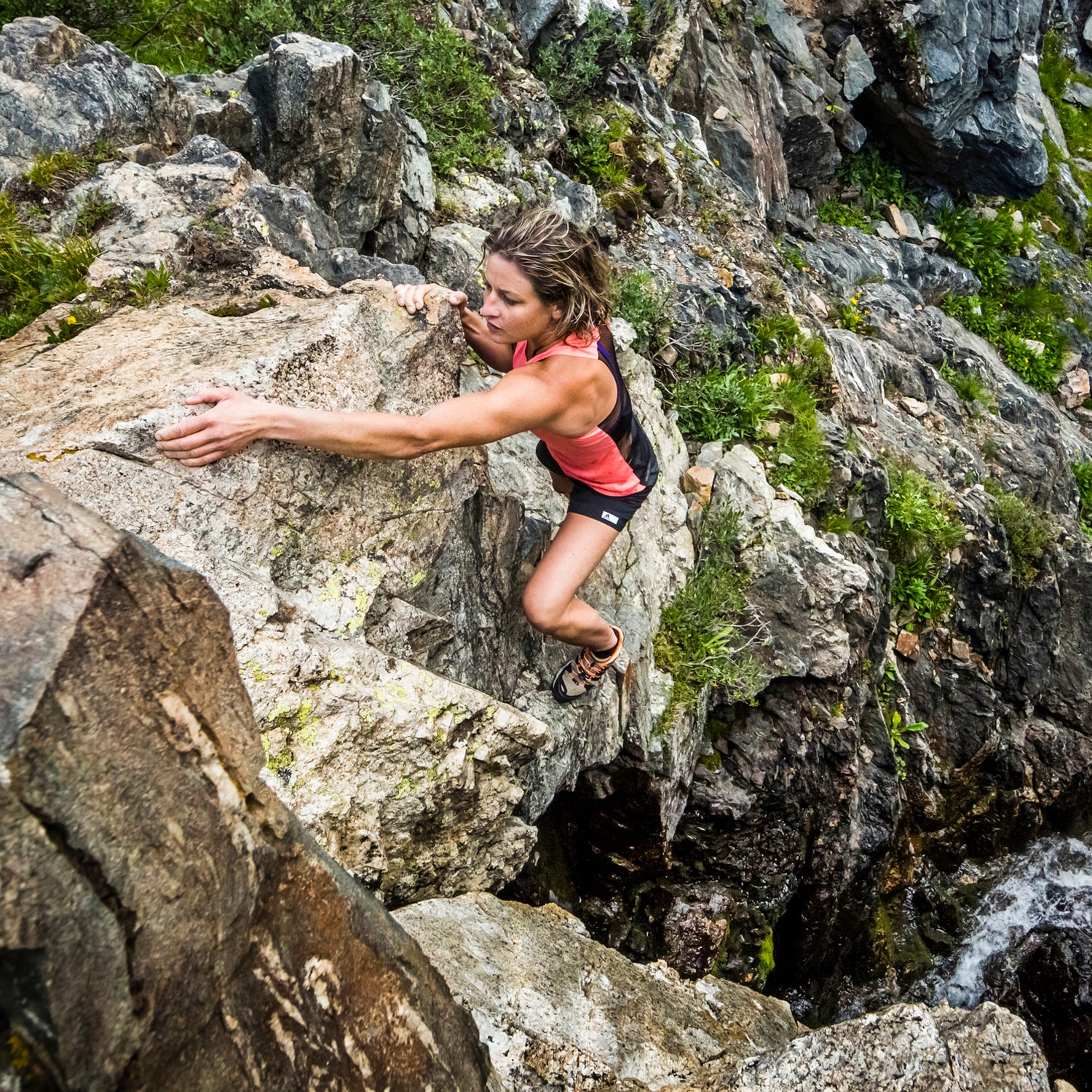In the 2011 movie , Bradley Cooper plays Eddie Morra, an author struggling with writer’s block who obtains an experimental drug, “NZT-48,” for generalized performance enhancement. After popping the pill, not only does Mora go on a writing tear, but just about everything he does feels easier. Aided by NZT-48, Mora becomes a living superman, strengthening both his body and his mind. Limitless doesn’t offer a concrete ending, but it does leave viewers pondering questions about pharmaceutical technology. How far are we from creating a real-world version of NZT-48? ��And should we?
Samuele Marcora, a well-known exercise scientist from the University of Kent, thinks so. In a for the journal Sports Medicine, Marcora makes a strong call for experimentation and research “on the use of psychoactive drugs to facilitate physical activity behavior.” In layman’s terms, Marcora thinks we should develop drugs that will make exercise feel easier.��
My initial response to the Marcora article (and I wasn’t alone) was that this couldn’t be a good idea. For starters, doping and performance enhancing drug use is already rampant in environments ranging from athletics to academics. And c’mon, I thought, must we really prescribe pills to get people to move, in essence medicalizing exercise? �� ��
�Ѳ������.��
When it comes to doping, Marcora says if we did develop drugs to reduce perception of effort during exercise, regulatory agencies and the governing bodies of sport would need to decide if such drugs should be banned to begin with. ��A key factor as to whether or not substances are prohibited from athletic competition is the risk that taking them poses to athletes. ��Imagine a drug was developed that made exercise feel easier and carried minimal or no adverse side-effects. Should it still be banned?��
“We have no problem treating with pills many conditions that exercise can prevent and alleviate,” says Samuele��Marcora.��“So if there was a way to make exercise feel easier, in turn getting more people to exercise, why wouldn’t we?”
Dr. Mike Joyner, M.D., a physiologist and expert on human performance at the Mayo Clinic, points out that we already have and allow such a drug: caffeine. Not to mention there are all kinds of technologies that supposedly make exercise less painful. Cushioned shoes, for instance. “These are really questions about how much technology are we going to be OK with and what it means to be a human athlete,” says Joyner. “And these questions have no easy answers.”
Particularly when it comes to the health of the greater population. It’s hard to overstate the benefits of exercise. But studies show that perception of effort—the discomfort one feels during exercise—is one of the main barriers to physical activity. Suddenly, Marcora’s proposal doesn’t seem so radical. ��
“We have no problem treating with pills many conditions that exercise can prevent and alleviate,” says Marcora. (Think: hypertension, diabetes, heart failure, depression, and anxiety.) ��“So if there was a way to make exercise feel easier, in turn getting more people to exercise, why wouldn’t we?”
The foremost reason, according to critics of Marcora, is that there are other ways to make exercise easier that involve neither pharmaceutical companies nor the potential for harmful side effects and misuse that accompanies any new drug. One such strategy involves the built environment, or how we design our everyday surroundings, something many public health experts say is one of the largest areas of possible impact.
While researching��a paper for the Harvard Public Health Review in 2014,��I found overwhelming evidence that everything from the availability of safe sidewalks and bike lanes to the prevalence and placement of staircases versus elevators contributes to how easy, or hard, it is to get regular physical activity, and thus how much of it we get. Unfortunately, against the backdrop of machine-powered everything—buttons that close the trunks of our automobiles for us (just let that sink in for a second)—the outlook for overhauling our environment to promote physical activity is admittedly grim. ��
Marcora believes changing the built environment is especially challenging “because humans evolved to be lazy.” Up until about a few seconds ago on the evolutionary clock, those who were better at conserving energy had a survival advantage. “Why do you think we built the current obesogenic environment to begin with?” he says. ��We aren’t only swimming upstream against our mechanized environment, but also against our innate hardwiring that prompted us to create it in the first place.��
This doesn’t mean changing our culture to promote physical activity is impossible, says Marcora, but it does mean that we probably shouldn’t be so quick to dismiss the idea of drugs that would make exercise feel easier. “I’m not saying we should give up on other strategies, including the built environment, but we should accompany those strategies with something that targets the very core of our laziness, our inherent desire to avoid effort.”
��
If we do move forward with developing psychoactive drugs to make exercise feel easier, Marcora says the tradeoff between the benefits (more people exercising regularly) and costs (both financial and physiological side-effects) needs to be scrutinized and evaluated.��


